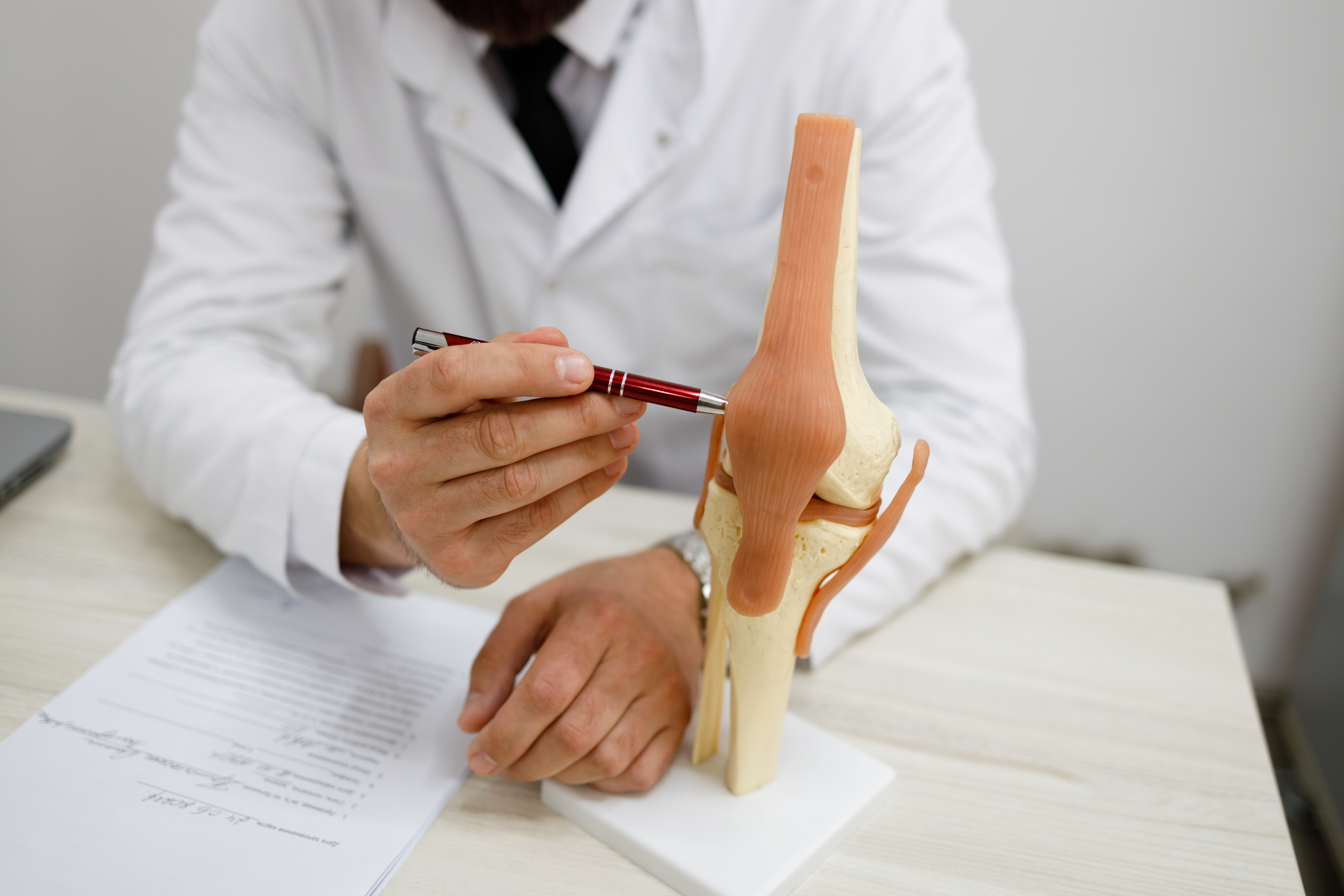Foot/Ankle Ligament Injuries
If you suffer pain or swelling, please Schedule an appointment with one of our orthopedic specialists as soon as possible.
What Are Ligament Injuries?
Ligament injuries refer to damage or tears in the ligaments, which consists of strong bands of connective tissue that connect bones to other bones and provide stability to joints. Moreover, this injury can occur in various parts of the body, but they are most commonly seen in the ankles, knees, and wrists.
However, the severity can range from mild sprains, where the ligament is stretched or slightly torn, to severe sprains or complete ligament ruptures. Additionally, common causes of ligament injuries include sports-related activities, sudden twists or impacts, falls, and accidents.
Indications Of Ligament Injuries
The symptoms may vary depending on the location and severity of the injury. Some common signs and symptoms include:
Ligament injuries frequently exhibit various symptoms, each impacting joint function and comfort. Pain occurs commonly at the injury site, its intensity varying from mild to severe depending on the extent of ligament damage. Swelling typically manifests around the injured joint as inflammation aids in ligament healing. Instability in the affected joint may be felt, causing it to feel loose or unreliable, affecting mobility and weight-bearing abilities. Bruising may develop due to blood vessel damage, resulting in visible discoloration around the injury. Restricted range of motion characterizes ligament injuries, making movements involving the affected ligament painful or difficult. Additionally, joint stiffness often follows such injuries, complicating free joint movement and adding to discomfort. Recognizing these symptoms is crucial for seeking timely medical intervention and implementing appropriate treatment measures for ligament injuries.
Moreover, diagnosis of ligament injuries usually involves a physical examination by a healthcare professional, an assessment of the medical history, and sometimes imaging tests such as X-rays, MRI scans, or ultrasound to evaluate the extent of the injury and rule out other potential injuries.
Treatments
Treatment depends on the severity and location of the injury. Mild to moderate injuries may be treated with conservative measures, including:
- Rest: Avoid activities that aggravate the injury and allow the ligament time to heal.
- Ice: Apply ice packs to the affected area to reduce swelling and alleviate pain.
- Compression: Using an elastic compression bandage or wrap to support the injured joint and reduce swelling.
- Elevation: Elevating the injured limb above heart level to minimize swelling.
- Physical Therapy: Engaging in specific exercises and rehabilitation under the guidance of a physical therapist to restore strength, flexibility, and stability to the injured joint.
However, in cases of severe ligament injuries or complete ligament tears, surgery may be necessary to repair or reconstruct the damaged ligament. Surgical interventions may involve repairing the torn ligament ends, using grafts to reconstruct the ligament, or other techniques depending on the specific injury and joint involved.
It’s important to consult with a healthcare professional for an accurate diagnosis and appropriate treatment plan for ligament injuries. They will assess the extent of the injury and provide recommendations tailored to the individual’s specific condition to promote healing, reduce pain, and restore joint function.


